What Is Growth Marketing? How to become a Growth Marketer?
Mohammed Ikram Nagdawala2025-07-01T15:13:19-05:00Intro
If you’re a marketer curious about stepping into the growth marketing world or a company leader wondering whether your organization could benefit from a growth marketer, this post is for you. Here, I’ll share my personal journey from digital content management into the dynamic field of growth marketing, exploring core concepts, practical frameworks, and real-world examples. You’ll learn about the key components of growth marketing, how to design effective growth campaigns, and insights into developing your own growth-marketing skill set. Let’s dive in!
How I Became a Growth Marketer
My journey wasn’t planned. It evolved naturally. Starting in e-commerce and digital content operations with companies like Aptum, AMA Toronto, Spierb, and Activa Clinics, I initially focused on SEO, content governance, UX, and website management. Gradually, I began noticing how strategic experiments could significantly boost user engagement and conversions. These discoveries transformed my role, pushing me towards a holistic growth-marketing approach. Today, growth marketing seamlessly blends my analytical and creative sides, making it my true professional passion.
What Exactly is Growth Marketing?
The term “growth hacker” was popularized by Sean Ellis in 2010’s, emphasizing the rapid acquisition of users through creative and tactical methods. Over the years, growth hacking has matured into growth marketing, a more comprehensive and sustainable approach. Mailchimp describes it as optimizing marketing to foster customer loyalty, utilizing methods like A/B testing, email marketing, SEO, and data analysis. Reforge emphasizes the use of personalized triggers and messaging to foster deep customer engagement.
So, where traditional marketing might pour dollars into broad, slow-moving campaigns, growth marketing takes a leaner, more agile approach by moving quickly, testing ideas, and adapting fast.
For me, agility is at the heart of growth marketing. It’s about working smarter, not necessarily bigger, by utilizing technology, experimentation, and even AI-driven personalization to prioritize long-term, sustainable growth over quick wins.
"Growth marketing also incorporates AI-driven personalization, prioritizing long-term growth over short-term gains."
- Ikram Nagdawala Tweet
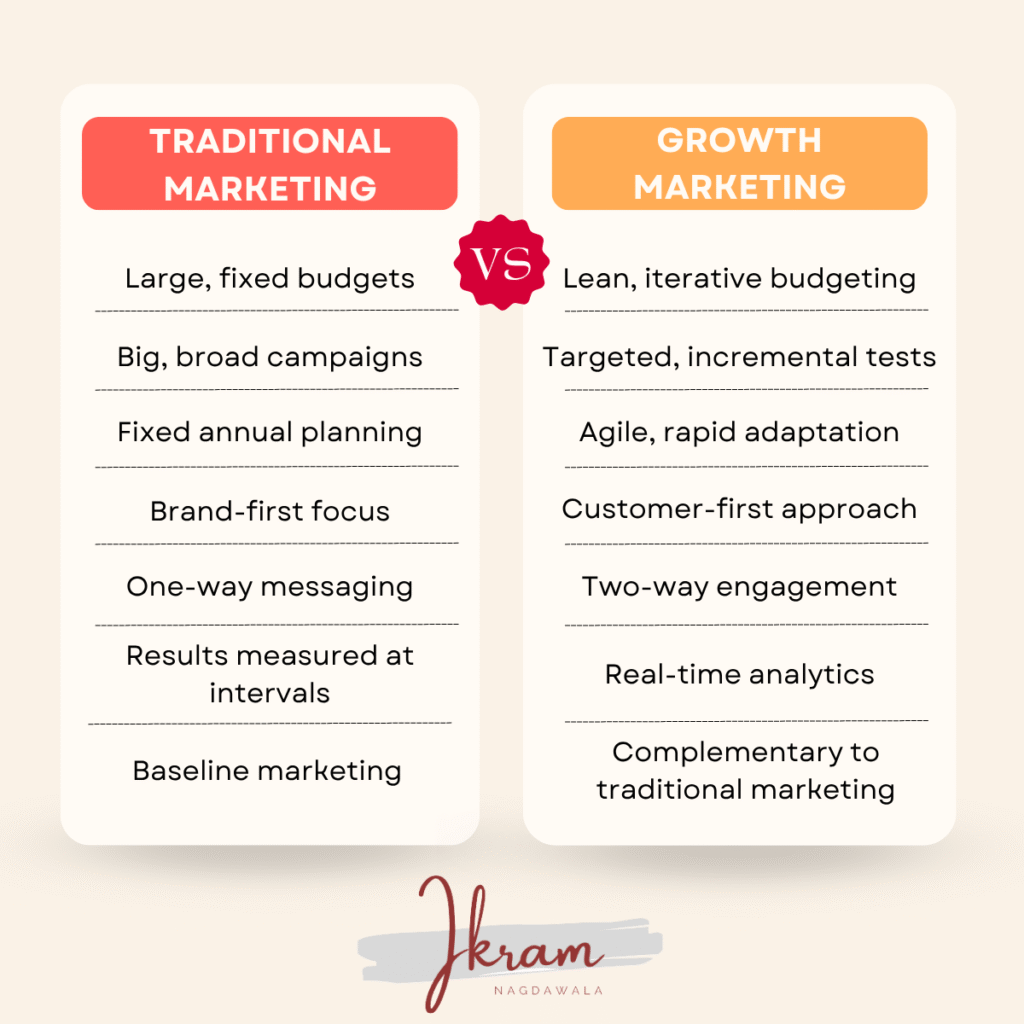
Key Components of Effective Growth Marketing
Effective growth marketing is more than a set of tactics. It’s a mindset and toolkit that builds on the best of traditional marketing, but also challenges it by making experimentation and customer focus the center of every decision. Here’s what that really looks like in practice:
Data-Driven Decision Making: Growth marketing is not about guesswork or gut feeling. Every decision is rooted in hard data, whether it’s website analytics, A/B test results, or customer surveys. This means you don’t just assume a campaign is working. You measure it at every step, look for what the numbers are telling you, and only double down when you see real results. This approach takes the guesswork out of marketing, helping you spot what’s working (and what’s not) much faster than old-school methods.
Rapid Experimentation & A/B Testing: Instead of waiting months to see if a big campaign works, growth marketers break things down into small, quick tests. You often run several A/B tests at once, maybe tweaking a headline, changing a call-to-action button, or testing different onboarding emails. These rapid experiments help you learn fast and adapt quickly, letting you double down on what works and drop what doesn’t with minimal risk and wasted budget.
Customer Acquisition: Traditional marketing might focus on blasting a message to the masses. Growth marketing, on the other hand, is about precision. It utilizes targeting and personalization to attract individuals who are more likely to convert. Think specific ad audiences, tailored landing pages, or remarketing campaigns. This approach saves money, increases conversion rates, and ensures you’re building a customer base that actually fits the business.
Customer Retention: Winning a new customer is great, but keeping them is even better. Growth marketing places a huge emphasis on retaining and nurturing customers through the entire lifecycle. This could mean rolling out loyalty programs, sending helpful follow-up content, or even just checking in with customers after a purchase. The goal is to build real relationships, so people come back again and again.
Automation & Personalization: With the help of technology, growth marketers can send the right message to the right person at the right time, without having to do it all manually. Whether it’s automated onboarding emails, personalized product recommendations, or triggered discount offers, automation lets you scale the efforts and deliver a more relevant, personalized experience for every customer.
Creative Storytelling: All the data in the world doesn’t matter if you can’t connect with people on a human level. Growth marketing doesn’t just focus on numbers; it also relies on compelling narratives and authentic brand voices. You use stories, testimonials, and clear messaging to make the business relatable and memorable, turning prospects into loyal customers.
"Effective growth marketing builds upon traditional marketing by emphasizing experimentation, analytics, and customer-centric strategies."
- Ikram Nagdawala Tweet
Designing Impactful Growth Campaigns
The most successful growth marketing campaigns are built around the customer journey, often visualized as a funnel. This funnel doesn’t just describe how someone goes from first hearing about you to becoming a loyal advocate. It also helps structure campaigns that address each stage, using the right tactics for the right moment. Here’s how each stage is approached:
Awareness: Everything starts with making sure the right people know your brand exists. In growth marketing, you focus on creating high-value, relevant content that resonates with your target audience. Think blog posts, guides, and videos that solve real problems for your audience. Implement SEO to increase the visibility of this content and experiment with different headlines or topics using A/B testing to determine which one generates the most clicks or shares. The goal isn’t just to be seen, but to be remembered by the people most likely to need what you offer.
Acquisition: Once people are aware of the brand, the next step is to get them to engage, i.e., sign up, download, or simply take action. Here, you use tailored landing pages and clear calls-to-action, each carefully tested to find what converts best. You might run ads with different value propositions or incentives, measure sign-up rates, and continually refine your approach. Acquisition is about turning interest into a first real step.
Activation: This stage is about delivering value as soon as possible. After someone signs up or makes a first purchase, focus on helping them quickly experience the benefits of the product or service. That could mean sending a welcome email sequence, offering an onboarding tutorial, or providing resources that help them get started. The faster a new user has a positive experience, the more likely they are to stick around.
Revenue: Activation naturally leads to revenue, but in growth marketing, this isn’t left to chance. Test different pricing models, payment options, or upsell offers to see what resonates. The goal is to make the path to purchase seamless while also exploring ways to increase average order value, such as bundling or special promotions.
Retention: It costs far less to retain a customer than to acquire a new one, so invest a lot of energy in retention strategies. Personalized follow-up emails, loyalty rewards, and excellent customer support all play a part. Listen closely to feedback, aiming to resolve issues quickly and keep customers engaged. The longer someone stays, the more valuable they become.
Referral:
Finally, the best campaigns turn happy customers into advocates. Experiment with referral programs, incentives for sharing, and social proof strategies. A simple “refer a friend” program, customer testimonials, or a shareable reward can go a long way in generating new leads. The referral stage is where growth begins to compound, as each new customer has the potential to bring in additional customers.
By designing campaigns that purposefully address each stage of the funnel, you can make sure that no opportunity is missed, from first click to loyal champion. Each stage builds on the last, creating a cycle of growth that’s both sustainable and scalable.
Building a Repeatable Growth Process
A sustainable growth engine isn’t about luck or one-off wins. It’s about putting a clear, repeatable process in place. Over the years, I’ve learned that a strong growth process has a few essentials that make all the difference:
Start with a North-Star Metric:
Everything begins by picking one key metric that truly captures what “success” means for the business. Whether it’s sign-ups, paid conversions, or another outcome, this metric keeps every experiment and campaign pointed in the same direction.
Work Incrementally:
Instead of swinging for the fences, focus on taking lots of small, manageable experiments. Each experiment is designed to answer one question or test one tweak. This incremental approach makes it easier to adapt, learn, and build momentum without betting everything on a single idea.
Run Consistent Experimentation Cycles:
This could mean operating in set “sprints”, say bi-weekly, where you brainstorm, launch, and review new tests. This rhythm ensures continuous learning and keeps growth work part of the daily routine, not just a side project.
Document Everything (Including Failures):
One lesson I learned at Aptum is the power of personal ‘Fail Dashboard.’ I make it a habit to log not just what works, but what flops. When I review why something didn’t move the needle, those lessons become just as valuable as my wins. This documentation makes it easier to spot patterns, avoid repeating mistakes, and celebrate progress over perfection.
Leverage T-Shaped Skills:
Whether you’re working as a solo growth marketer or as part of a team, having a T-shaped skillset is a real asset. A T-shaped marketer has a broad understanding of all the main channels (such as paid ads, SEO, social, email, analytics, and content), but also deep expertise in at least one area, which is the vertical part of the “T.” For example, I can confidently run and interpret experiments across different tactics, but my strongest skills are in SEO and paid ads. This combination lets me move quickly, adapt as campaigns evolve, and collaborate effectively. If you’re on a team, it also ensures that while everyone understands the basics, there’s always someone who can go deep when it counts.
Create Psychological Safety:
Growth flourishes in environments where it’s genuinely okay to fail. Encourage your team to treat every failed experiment as tuition paid. This mindset can unlock creativity, speed up iteration, and keep everyone focused on learning rather than blame.
Scale What Works:
When an experiment delivers results, don’t just celebrate and move on. Look for ways to roll that success out to other parts of the funnel, other channels, or broader segments. This is how small wins can lead to significant growth over time.
By sticking to a structured yet flexible process, growth stops being a one-time event and becomes a habit, something that compounds week after week. This is the heart of repeatable, sustainable growth.
An Example From My Real-World Growth Marketing Sandbox
Growth marketing is about relentless experimentation and learning by doing. Mini Trader, my UK-based marketplace for MINI cars, became my personal growth-marketing lab to put bold strategies into action and uncover what really moves the needle.
Launching Mini Trader meant starting with zero brand awareness and no existing customer base. Like any new venture, the first challenge was simple but daunting: how do you get noticed in a crowded market, especially when you’re building from scratch, competing with well-established brands with deep pockets and working with a shoestring budget?
With no room for big ad buys or celebrity endorsements, I had to get creative and laser-focused. Rather than diluting my efforts across every channel, I doubled down on discovering where my ideal audience actually spent their time. After researching and listening to MINI owners, I realized that the most active conversations and buying decisions were happening in UK-based MINI enthusiast Facebook groups.
Here’s how I approached it:
I became a helpful, active member in those groups by answering questions, sharing valuation tips, and offering buying advice tailored to what MINI fans actually needed.
Whenever it made sense, I would nudge people to “Google Mini Trader” instead of dropping links. This encouraged real curiosity and, over time, began to build up branded search volume on Google.
To avoid looking spammy or robotic, I rotated between multiple Facebook profiles and made sure every message was unique and genuinely helpful.
The results were better than I expected. Starting from zero, Mini Trader’s organic traffic grew to over 2,000 visitors per month within just 15 months, a number that surpasses many established B2B websites that have been live for years. More importantly, the growth wasn’t just in visits. As more targeted and engaged users searched for the brand, Google picked up on these signals (among others). The site started to rank for competitive, high-volume keywords, with some of those keywords reaching as high as 22,000 searches per month.
What’s most important is that these same principles of deep audience understanding, rapid experimentation, and incremental wins apply just as well to B2B and enterprise campaigns. Mini Trader is my sandbox, but the lessons and tactics I test there are exactly what I now bring to larger, cross-functional projects. No matter the size of the business or the budget, growth marketing starts with knowing your audience and having the discipline to test, learn, and improve.
My Personal Framework: I.H.T.M.I.
When I first started running growth experiments, I realized that even my best ideas could easily fall flat without a step-by-step process to test, learn, and improve. That led me to create a simple mnemonic that I still use for almost every growth project: I.H.T.M.I. The letters stand for: Insight, Hypothesis, Test, Measure, Iterate. I remember it as “I Help Traders Make Income.” (I know, it’s a meaningless phrase, but it makes the sequence easy to recall when I’m moving quickly.)
Here’s how it works in my day-to-day growth work:
Insight: Start by spotting an opportunity or customer pain point. This always involves zooming in on a specific audience persona and their stage in the funnel. For example, I might see that new MINI sellers drop off before completing their listings.
Hypothesis: Turn that insight into a focused, testable idea. For example, “If I add a simple, step-by-step checklist for first-time sellers, more of them will finish their listing.” The hypothesis is always tailored to a real-world scenario and grounded in what I’ve noticed or measured.
Test: Launch a focused experiment designed for that audience and stage. This might mean showing the new checklist to a subset of users and watching what happens. I keep the test small and targeted so the results are clear.
Measure: Track results using metrics that truly reflect what I want to improve. If the goal was to get more sellers to finish their listings, then completion rate is what I measure.
Iterate: Based on what the numbers show, I decide the next move. If it worked, I might roll it out more broadly or try a new version. If it didn’t, I rethink the insight and try again. Each cycle helps me learn more about my audience and get closer to the outcome I want.
The I.H.T.M.I. loop keeps my growth experiments sharp, repeatable, and tied directly to real customer journeys. It’s now my go-to process for turning ideas into results and making sure each test actually pushes the business forward.
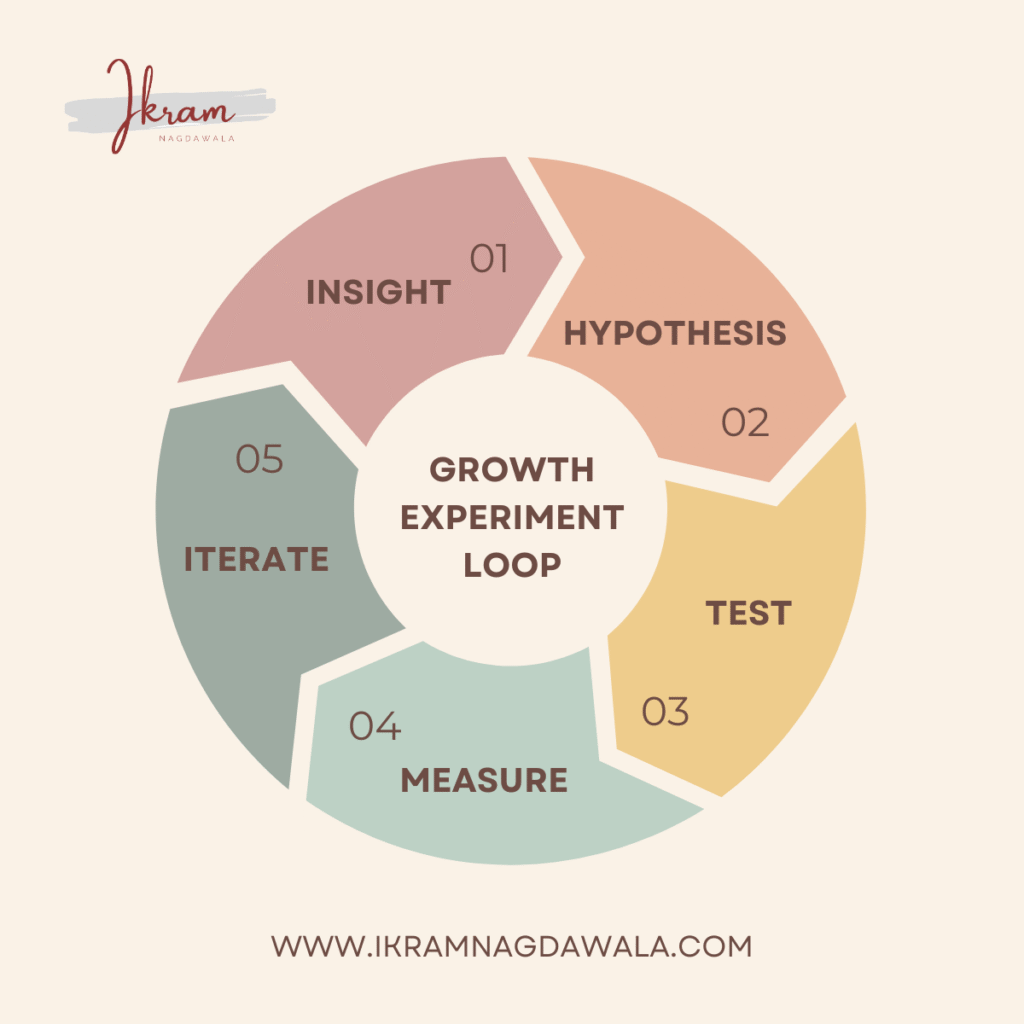
How to Become a Growth Marketer
If you’ve read this far and found yourself excited by the kinds of hands-on experiments, creative problem-solving, and real results I get to chase every day, you’re probably wondering how to break into this field yourself.
There’s no single path into growth marketing. My own journey proves it’s anything but linear. But if I were starting today, here’s what I’d focus on to accelerate your career in this field. While every growth marketer’s path is unique, certain foundational steps can greatly accelerate your career:
Build a Strong Foundation: While you can start with a bachelor’s degree in marketing, business, or a related field, that’s just the beginning. The real value comes from rolling up your sleeves and getting practical. I would strongly recommend taking a hands-on digital marketing course, whether through a local bootcamp, an online platform, or certifications from places like Google or HubSpot. Make sure you cover the basics: SEO, PPC, content marketing, email, and social media.
Master Analytics: Growth marketers live and breathe data. Get comfortable with Google Analytics, Excel, SQL, and visualization tools like Data Studio or Looker. Don’t just collect data; learn how to interpret it and turn insights into actions. Practice building dashboards and running experiments, so you’re not just reporting on numbers but driving decisions.
Gain Hands-On Experience: No course or textbook can replace the lessons you learn by doing. Seek out internships, freelance gigs, side hustles, or even your own passion project. Document every campaign, experiment, and result. Your ability to show real-world outcomes, even if they’re small, is what will make you stand out.
Network & Learn from Experts: Growth marketing is always changing. The best way to keep up? Get involved in communities, attend events, and connect with people who’ve been in the trenches. Follow industry leaders on LinkedIn, join relevant subreddits, and participate in forums. Don’t be afraid to ask questions or share what you’re working on – most folks in the growth space love to exchange ideas.
- Most Importantly, Adopt a Mindset of Continious Improvment: The best growth marketers are never satisfied with the status quo. Set aside regular time for professional development, whether it’s reading, taking micro-courses, or experimenting with new tools. Be proactive about seeking feedback and don’t shy away from failure; every experiment, successful or not, is a step forward.
Growth Marketing is a Journey, Not a Quick Fix
From my own experience, growth marketing is not about one-time hacks or chasing overnight wins. Instead, it is an ongoing process that demands constant curiosity, a willingness to experiment, and a commitment to learning from both successes and failures. Each campaign, each test, and each pivot is a step on a much longer road.
For marketers, embracing growth marketing means shifting from rigid, traditional plans to a more agile and adaptive approach. It is about building habits of continuous testing, learning, and optimizing and never settling for “good enough.” For company leaders, it means investing in a culture where learning and iteration are encouraged, and understanding that sustainable business growth is the result of steady, disciplined progress over time.
As you consider your own path, remember that growth marketing is less about chasing the next big trick and more about showing up every day with a curious mind and a drive to improve. Every experiment, no matter how small, is a learning opportunity that builds toward bigger results.
Let's Connect!
If you find yourself inspired by the potential of growth marketing or want tailored advice for your business or personal career, feel free to reach out. Whether you are exploring this path as a marketer or evaluating its impact as a company leader, I am always open to sharing ideas, experiences, or strategies. Let’s swap ideas and see where the growth takes us.
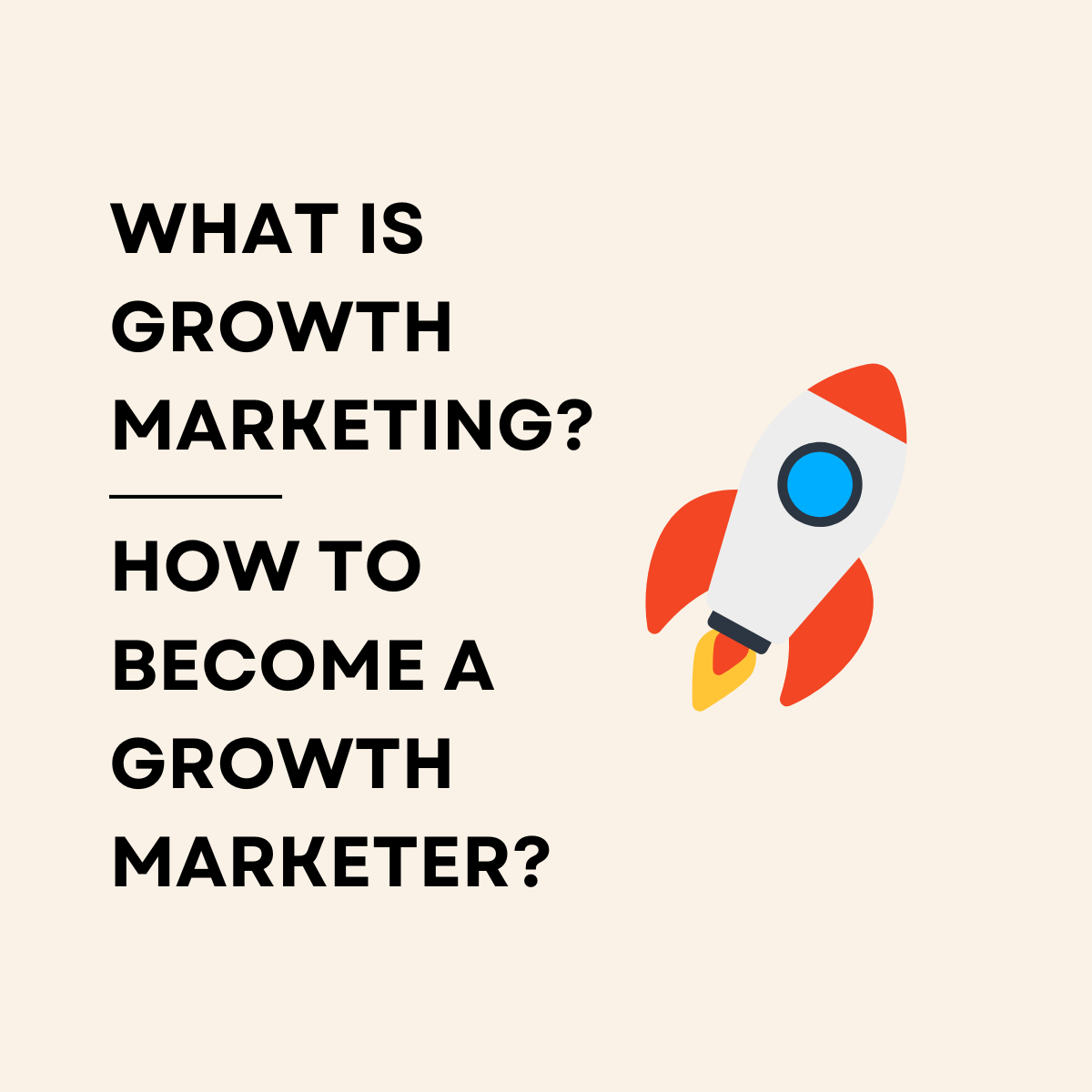



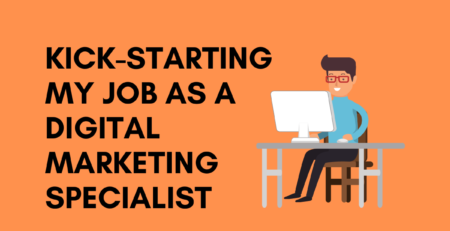


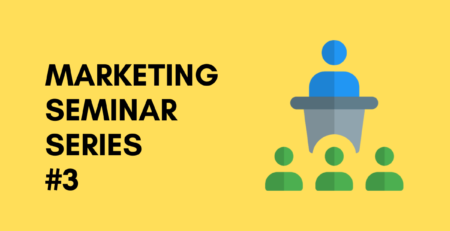

Leave a Reply